Antoni Buades
IAC3 & Departament de Matemàtiques i Informàtica, Universitat de les Illes Balears
Combining Pre- and Post-Demosaicking Noise Removal for RAW Video
Oct 03, 2024Abstract:Denoising is one of the fundamental steps of the processing pipeline that converts data captured by a camera sensor into a display-ready image or video. It is generally performed early in the pipeline, usually before demosaicking, although studies swapping their order or even conducting them jointly have been proposed. With the advent of deep learning, the quality of denoising algorithms has steadily increased. Even so, modern neural networks still have a hard time adapting to new noise levels and scenes, which is indispensable for real-world applications. With those in mind, we propose a self-similarity-based denoising scheme that weights both a pre- and a post-demosaicking denoiser for Bayer-patterned CFA video data. We show that a balance between the two leads to better image quality, and we empirically find that higher noise levels benefit from a higher influence pre-demosaicking. We also integrate temporal trajectory prefiltering steps before each denoiser, which further improve texture reconstruction. The proposed method only requires an estimation of the noise model at the sensor, accurately adapts to any noise level, and is competitive with the state of the art, making it suitable for real-world videography.
CFA Bayer image sequence denoising and demosaicking chain
Dec 28, 2018



Abstract:The demosaicking provokes the spatial and color correlation of noise, which is afterwards enhanced by the imaging pipeline. The correct removal previous or simultaneously with the demosaicking process is not usually considered in the literature. We present a novel imaging chain including a denoising of the Bayer CFA and a demosaicking method for image sequences. The proposed algorithm uses a spatio-temporal patch method for the noise removal and demosaicking of the CFA. The experimentation, including real examples, illustrates the superior performance of the proposed chain, avoiding the creation of artifacts and colored spots in the final image.
Restoration of Pansharpened Images by Conditional Filtering in the PCA Domain
Aug 25, 2018



Abstract:Pansharpening techniques aim at fusing low-resolution multispectral (MS) images and high-resolution panchromatic (PAN) images to produce high-resolution MS images. Despite significant progress in the field, spectral and spatial distortions might still compromise the quality of the results. We introduce a restoration strategy to mitigate artifacts of fused products. After applying the Principal Component Analysis (PCA) transform to a pansharpened image, the chromatic components are filtered conditionally to the geometry of PAN. The structural component is then replaced by the locally histogram-matched PAN for spatial enhancement. Experimental results illustrate the efficiency of the proposed restoration chain.
Accurate Motion Estimation through Random Sample Aggregated Consensus
Jan 19, 2017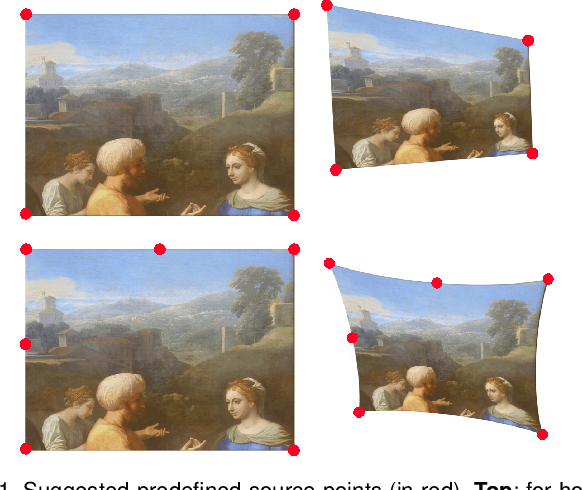
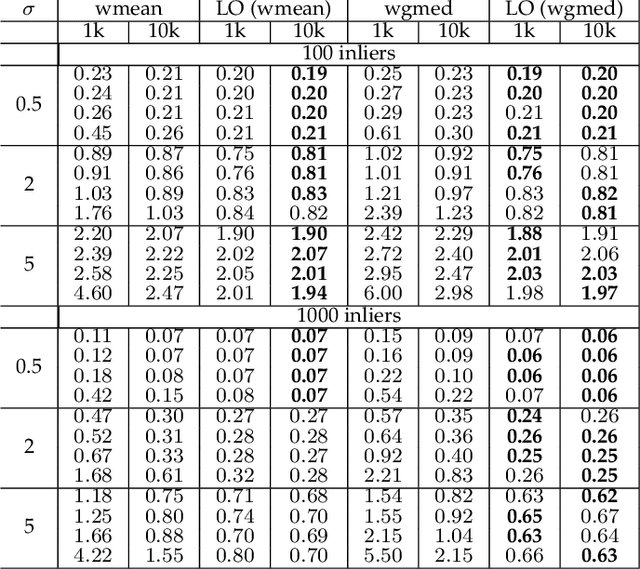
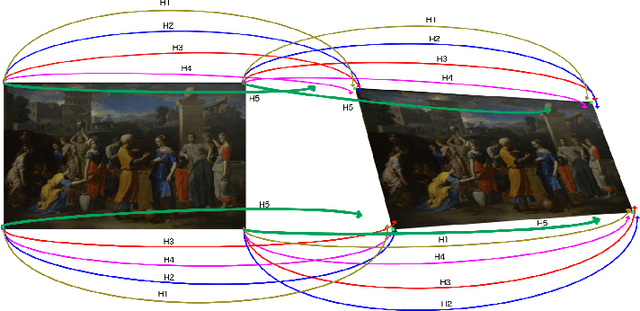
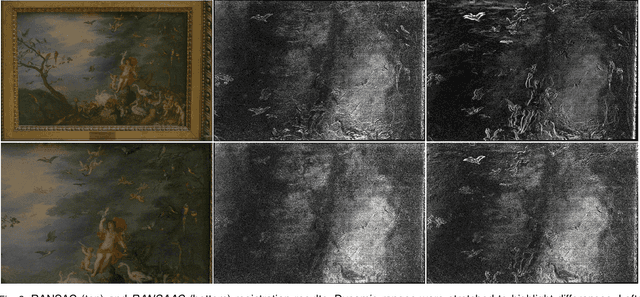
Abstract:We reconsider the classic problem of estimating accurately a 2D transformation from point matches between images containing outliers. RANSAC discriminates outliers by randomly generating minimalistic sampled hypotheses and verifying their consensus over the input data. Its response is based on the single hypothesis that obtained the largest inlier support. In this article we show that the resulting accuracy can be improved by aggregating all generated hypotheses. This yields RANSAAC, a framework that improves systematically over RANSAC and its state-of-the-art variants by statistically aggregating hypotheses. To this end, we introduce a simple strategy that allows to rapidly average 2D transformations, leading to an almost negligible extra computational cost. We give practical applications on projective transforms and homography+distortion models and demonstrate a significant performance gain in both cases.
A Survey of Pansharpening Methods with A New Band-Decoupled Variational Model
Jun 17, 2016
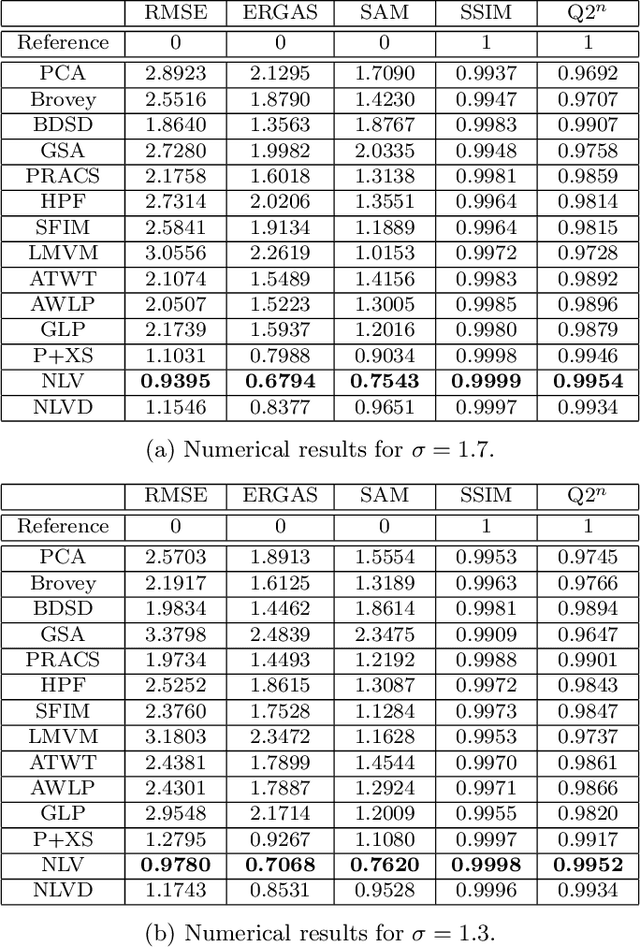
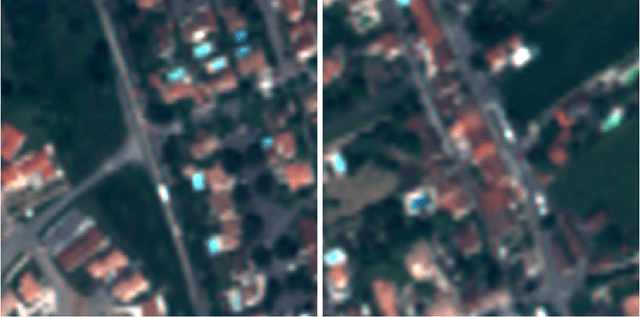

Abstract:Most satellites decouple the acquisition of a panchromatic image at high spatial resolution from the acquisition of a multispectral image at lower spatial resolution. Pansharpening is a fusion technique used to increase the spatial resolution of the multispectral data while simultaneously preserving its spectral information. In this paper, we consider pansharpening as an optimization problem minimizing a cost function with a nonlocal regularization term. The energy functional which is to be minimized decouples for each band, thus permitting the application to misregistered spectral components. This requirement is achieved by dropping the, commonly used, assumption that relates the spectral and panchromatic modalities by a linear transformation. Instead, a new constraint that preserves the radiometric ratio between the panchromatic and each spectral component is introduced. An exhaustive performance comparison of the proposed fusion method with several classical and state-of-the-art pansharpening techniques illustrates its superiority in preserving spatial details, reducing color distortions, and avoiding the creation of aliasing artifacts.
 Add to Chrome
Add to Chrome Add to Firefox
Add to Firefox Add to Edge
Add to Edge